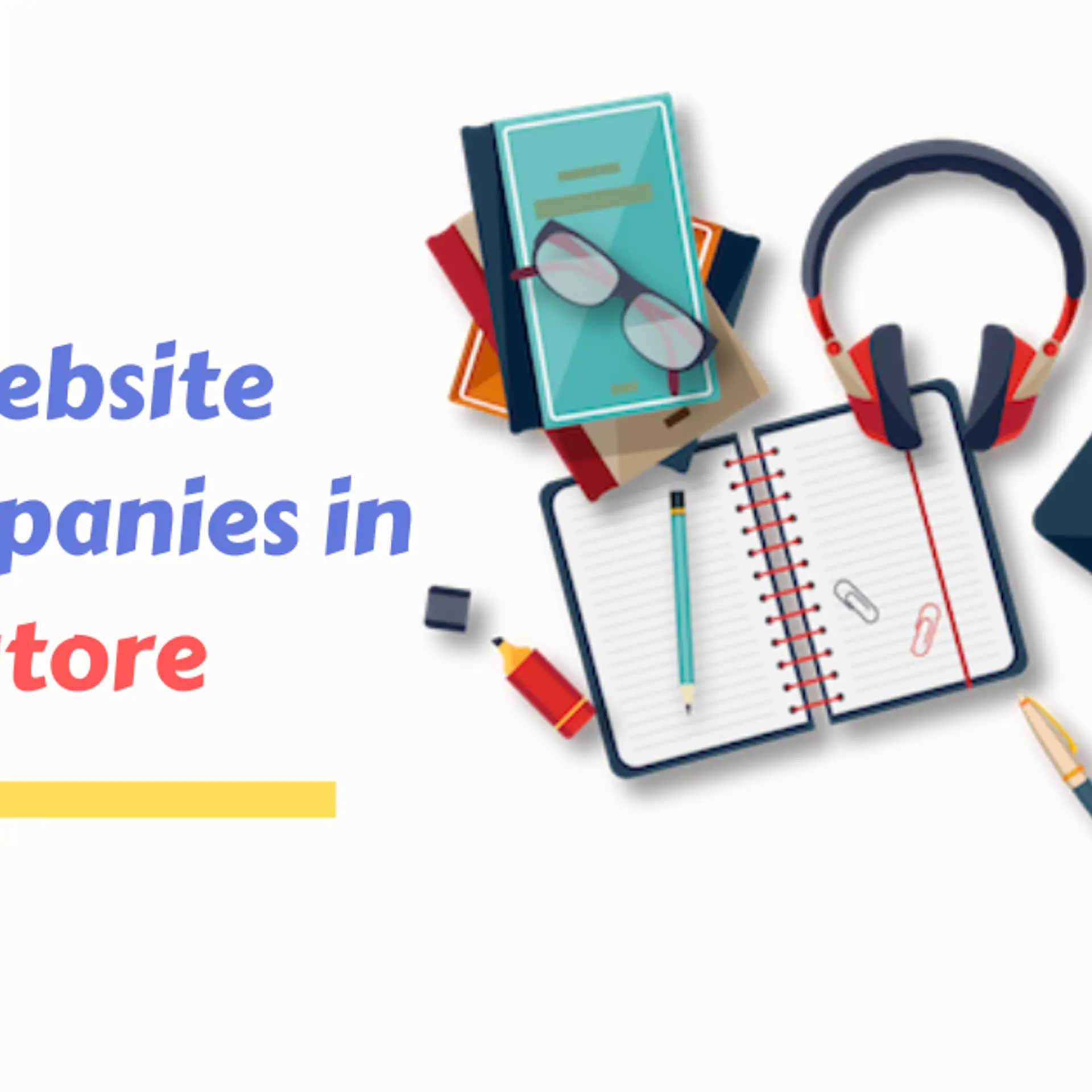

How To Future Proof Your Workforce
The future is fast-approaching, and those businesses which don’t take proactive steps to ensure their sustained competitiveness will soon find themselves outclassed by the competition and rendered obsolete. Many entrepreneurs are reacting to this by panicking and making the exact sort of negative decisions that they should be avoiding if they want to remain flexible and vibrant well into the 21st century. Nevertheless, future proofing your workforce and workspace isn’t always easy, so who can blame them for giving up?
The truth of the matter is that throwing in the towel is the last thing you should be doing. Here’s how to future proof your workforce, and why the future can’t be avoided no matter how hard you try.
If you can’t beat it, join it
There’s no way of getting around the future and the myriad of social, technological, and political changes that it will bring with it. To those of you trying to outrun the future, then, it would be wise to consider joining it instead. By learning to stop running from the future and to instead start making preparations for its inevitable arrival, you’ll be supercharging your workforce and permitting them to enjoy sustained success in a competitive environment that will only get tougher as time goes on.
How does one actually future proof the workforce? Start with skill training, and finish with an understanding that training and bettering one’s self is never truly a finished job. If you think that teaching employees how to deal with the latest technological development is enough, think again – you need to cement a certain flexibility and widespread love for technology within the ranks of your workforce if you really want to prepare them for a chaotic future. After all, contemporary innovations which seem amazing and sure to capture the future will themselves be rendered obsolete before we know it, so fixating too much on a handful of specific technologies isn’t a long-term solution to the problems brought about by the future.
You should thus read up on “right-skilling” your workforce and understand that constantly enabling your employees to learn new skills and master emerging areas of importance in your industry is the only way to ensure your workforce remains vibrant well into the future. When you focus on things like FOET training, then, consider asking your employees to explore not only the new skills they’ve learned, but also the new learning methods they’ve become acquainted with which can be summoned later on down the line for future lessons.
Training regimes like FOET training are thus only the start – you must regularly be re-training them over and over again to ensure that workers become familiar with a process of constant learning.
Focus on fle]xibility
It may seem easy to focus on flexibility in theory, but in practice it’s usually much harder. You shouldn’t fret if you encounter difficulties early on in the process, however, as you’ll need resiliency and the ability to learn from early failures if you and your workforce alike are to become truly flexible before this is all over. Studying up on workforce flexibility is thus highly advisable if you’re an entrepreneur in charge of leading an ever-changing workforce into a relatively uncertain future.
An important part of this process is recognizing just how adaptable your workforce really is. Far too many entrepreneurs and managers are letting themselves and the workers under them down by refusing to wake up to the fact that humans are incredibly adaptable. This means that major changes to the structure of your company can be weathered if your employees are briefed on them ahead of time and instructed in how to properly navigate those changes. You should thus never cross something off your list because it’s “unrealistic” or “unachievable,” as you’d be amazed at the extent to which your excellent workforce can adapt in the face of suddenly changing circumstances.
Providing a safety net to workers so that they’re not fearful of a skill-gap will be essential. After all, you can’t order your workers to abandon what they know and embrace new, challenging ideas and techniques without also guaranteeing a certain degree of financial security for them all the while. Enticing benefits packages and assistance programs that provide for workers as they temporarily leave the workspace to learn new things will thus be crucial elements of your futureproofing.
Finally, don’t forget your physical workspace; employees of the future can’t thrive unless they’re situated in a workplace of the future. Modernizing your office and welcoming cultural and technological changes as they arrive is an important aspect of futureproofing your workforce. When you have a smart office, your employees will be much less intimidated by new changes that introduce unfamiliar technologies into their workspace or daily activities.
Before long, you’ll understand that futureproofing your workforce begins with taking proactive steps long before change ever actually materializes. By preparing to embrace new technological trends and by ensuring that workers aren’t left in limbo when reskilling themselves, your company will have a futureproofed workforce in no time.







